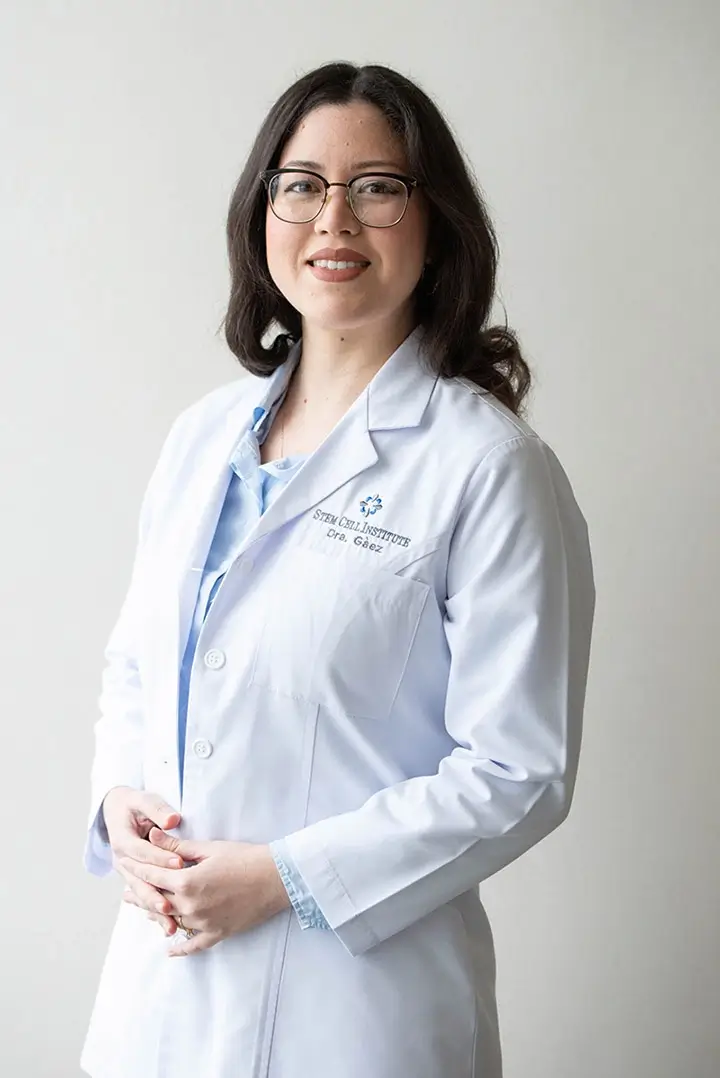Doctors repaired breast defects in women who have had cancerous lumps removed by using stem cells from liposuctioned fat for the first time.
After cancer surgery, women are often left with cratered areas of the breast. Although the approach is still in experimental stages, millions of women now have hope in correcting post breast cancer surgery deformities. Without using artificial implants, women who desire breast augmentation surgery could also benefit from the technique.
Doctors in the United States consider the procedure to have great potential, despite the fact that it has been tested on only two dozen women in Japan so far.
“This is a pretty exciting topic right now in plastic surgery,” said Dr. Karol Gutowski of the University of Wisconsin-Madison. “There are people all over the country working on this.”
Larger studies are in the works, and they should take place in Japan and Europe next year. The initial Japanese study was reported Saturday at the San Antonio Breast Cancer Symposium.
Each year in the United States, more than 100,000 women have lumps removed from their breasts. Taking the entire breast, mastectomies are sometimes necessary, but lumpectomies are often the procedure of choice. However, as much as a third of a woman’s breast may still be removed, and what’s left is often deformity.
“It’s almost a euphemism” to call it a lumpectomy, said Dr. Sydney Coleman, a plastic surgeon at New York University who is interested in the stem cell approach.
Dr. Sameer Patel, a reconstructive surgeon at Fox Chase Cancer Center in Philadelphia, said that the defect “initially may not be as noticeable”. However, he was quick to point out that the result often worsens, especially if the woman undergoes radiation treatment.
“There’s a growing push to try to involve the plastic surgeon particularly for this reason — to try to avoid a defect,” but once one develops, options to repair it are limited, Patel said.
Odd-shaped deformities from radiation or lumpectomies cannot be repaired properly with the implants that are sold today. They are not designed to repair this type of damage.
“Each one is so different, there’s no little thing you can just pop in there,” Gutowski explained.
Rearranging tissue to more evenly distribute what’s left, transplanting a back muscle to boost the flawed breast, or attempting to make the opposite breast smaller in order to match better are all current methods that are used by doctors to remedy the problem. But these procedures involve surgery and leave scars.
Often dieing and turning hard and lumpy, or getting reabsorbed into the body, mini implants of fat tissue have been attempted. Interest in the use of fat cells has been renewed with the recent discovery that fat cells are rich in stem cells — master cells that can replenish themselves and form other tissues in the body.
From the thighs, hips, or tummies of 21 breast cancer patients, doctors liposuctioned fat in the Japanese study. Half was processed to extract stem cells, and the other half was reserved as the main implant material and combined with the extracted stem cells following extraction. The fat/stem cell mixture was injected in three locations around the breast defect.
Doctors believe the stem cells will form lasting mini implants and keep the tissue from dying.
Dr. Keizo Sugimachi of Kyushu University in Fukuoka, Japan said that “about 80 percent of the patients are satisfied” with the results eight months after the procedure.
At one and six months after treatment, was a statistically significant improvement in breast tissue thickness.
The potential for cosmetic breast augmentation of healthy breasts is there, but the goal is to help cancer patients with their unmet medical needs first said Dr. Mark Hedrick.
The treatment is expected to cost $3,000 to $5,000.
Doctors must be cautious about using fat cells for cosmetic purposes until more is known says The American Society of Plastic Surgeons.
Gutowski heads a task force the society formed to study the science. Coleman is a member.
“It’s got great potential not only for breast but other cosmetic and reconstructive purposes,” like filling in facial defects from cancer or trauma, Gutowski said. “Imagine the aging face.”
More women may choose lumpectomies with the rise of better cosmetic treatments. Younger women in particular have opted for mastectomies because they are concerned about being left with a defect.
Now left with mismatched breasts Laurie Rapp was only 32 when she had a lumpectomy.
“One is so much smaller than the other one,” said the now 48-year-old restaurant manager in Philadelphia. “There’s quite a bit of puckering, and as I’m getting older I feel it’s getting worse.”
If the procedure would have been available when she had her surgery, she would have opted for the stem cells, but probably wouldn’t try it now.
“I definitely would have, especially because I wasn’t even married then,” she said.

